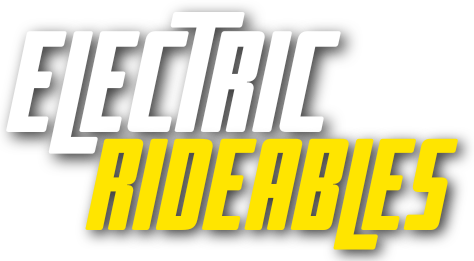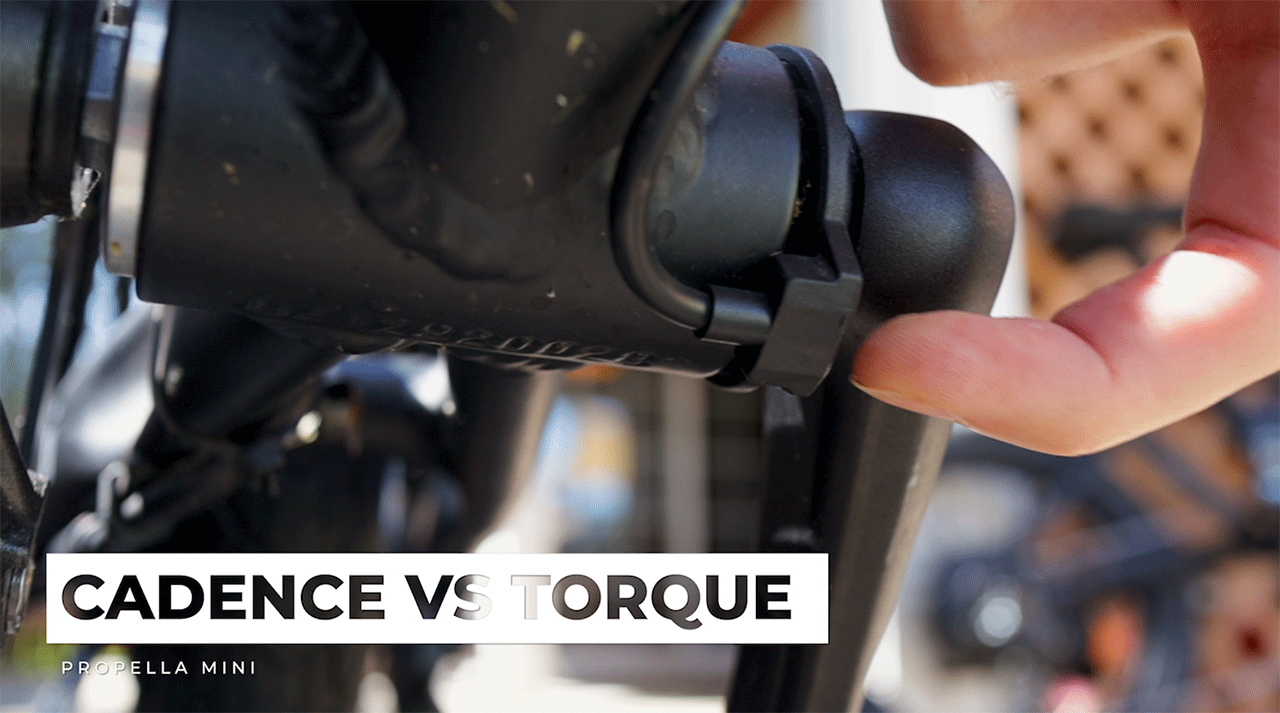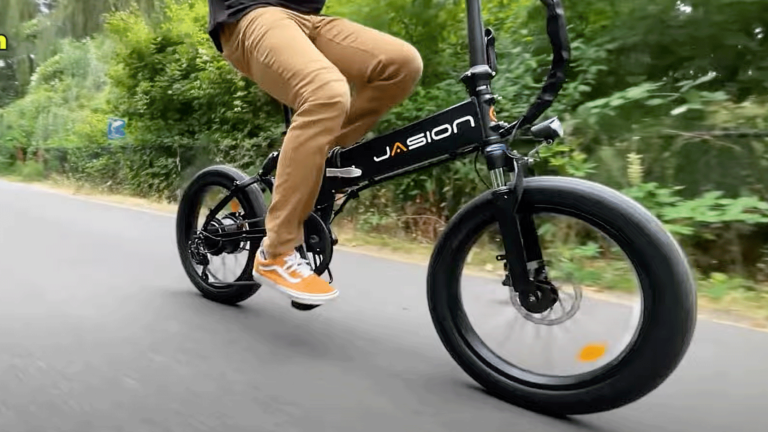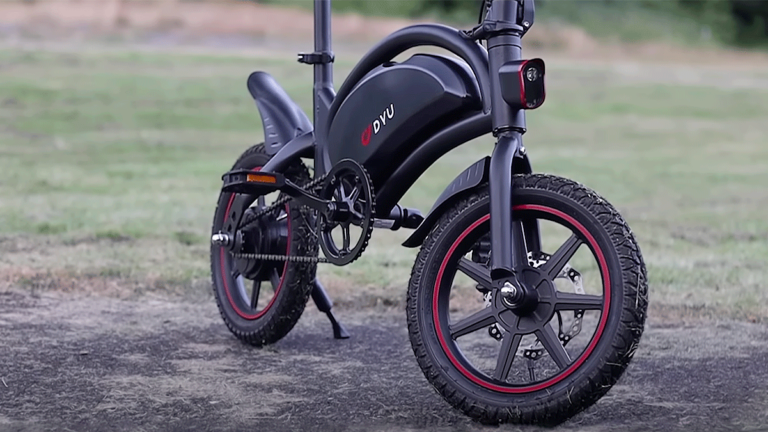Torque sensors and cadence sensors are two different methods used to activate the pedal assist system on electric bikes. The primary difference lies in how they detect the rider’s pedaling input and trigger the motor assistance.
Cadence Sensors
Cadence sensors detect the rotational speed of the pedals or crankarms. They are designed to activate the motor once the pedaling reaches a certain cadence (revolutions per minute). The motor then provides a predetermined level of assistance, typically a fixed percentage of the motor’s maximum power output. The key characteristics of cadence sensors are:
- Simple and inexpensive technology
- Motor assistance is either on or off, based on pedaling speed
- The assistance level is fixed and not proportional to the pedaling effort
- Slight lag between pedaling and motor engagement
- Consistent power delivery, regardless of pedaling force
Cadence Sensor E-bikes:
Torque Sensors
Torque sensors, on the other hand, measure the actual force (or torque) applied to the pedals by the rider. The harder the rider pedals, the more assistance the motor provides, creating a more intuitive and natural riding experience. The key characteristics of torque sensors are:
- More advanced and expensive technology
- Motor assistance is proportional to the rider’s pedaling effort
- Seamless transition between human and motor power
- Minimal lag between pedaling and motor engagement
- Provides a riding feel similar to a traditional bicycle
Torque Sensor E-bikes:
- Trek Powerfly
- Giant Trance E+ Pro
- Juiced Bikes CrossCurrent X
- Ride1Up 700 Series
Riding Experience
The difference in riding experience between cadence and torque sensors is significant:
- Cadence sensors offer a more binary on/off motor response, which can feel abrupt or unnatural at times.
- Torque sensors provide a smoother and more refined power delivery, closely mimicking the feel of a regular bicycle with added assistance.
- Torque sensors allow for better control over speed and acceleration, as the rider can modulate the motor power by varying their pedaling effort.
Battery Efficiency
Torque sensors are generally more efficient in terms of battery usage because the motor assistance is directly proportional to the rider’s input. Cadence sensors, on the other hand, may consume more battery power as the motor operates at a fixed level, regardless of the rider’s effort.
Cost Considerations
Torque sensors are more complex and expensive components, which can increase the overall cost of an e-bike. Cadence sensors are simpler and more affordable, making them a popular choice for budget-friendly e-bikes. In summary, while cadence sensors offer a straightforward and cost-effective solution, torque sensors provide a more natural and responsive riding experience, better control, and potentially improved battery efficiency. The choice between the two ultimately depends on the rider’s preferences, budget, and intended use of the e-bike.
Which One is Right for You?
The choice between cadence sensors and torque sensors ultimately depends on your riding style and preferences. If you prioritize affordability and simplicity and are mainly looking for assistance with maintaining a steady pace, a budget e-bike with a cadence sensor may be the right choice for you.
On the other hand, if you value a more natural and responsive riding experience and are willing to invest in a more advanced system, a bike with a torque sensor may be more suitable. Torque sensors are particularly popular among riders who enjoy more challenging terrain or who want a riding experience that closely resembles that of a traditional bike.
Whichever sensor you choose, riding an e-bike can be a fun and rewarding experience, allowing you to explore new places and enjoy the outdoors in a whole new way.



